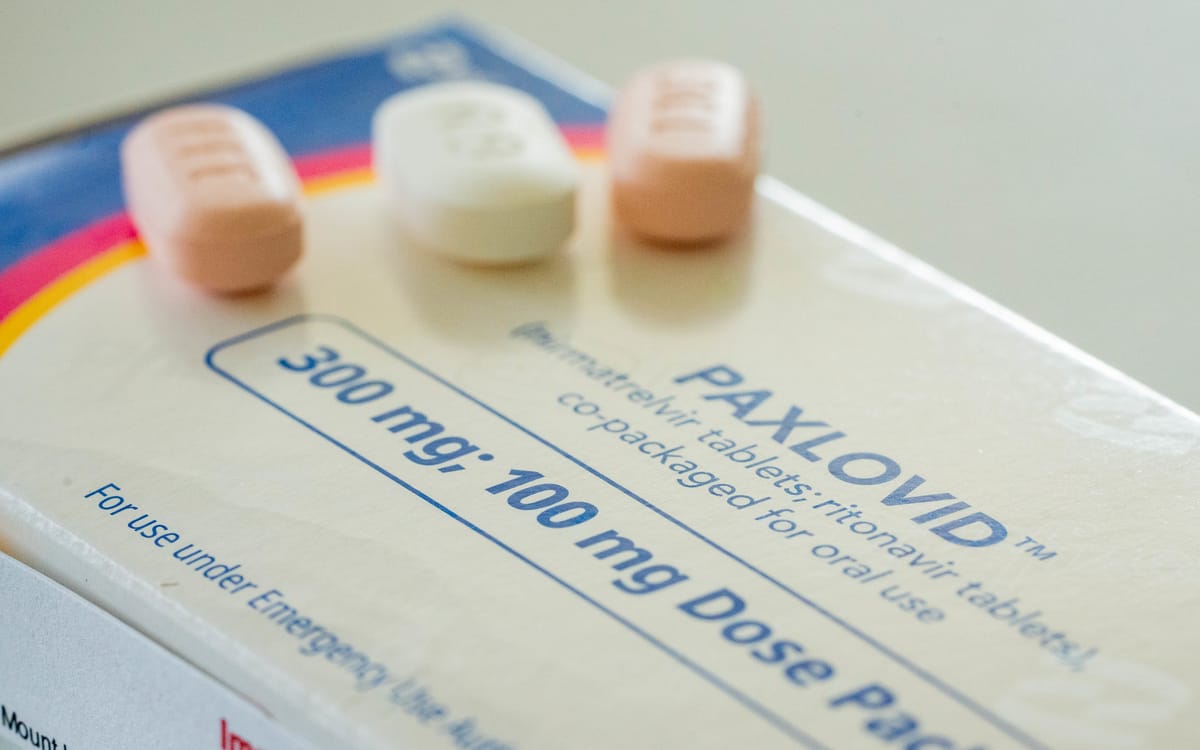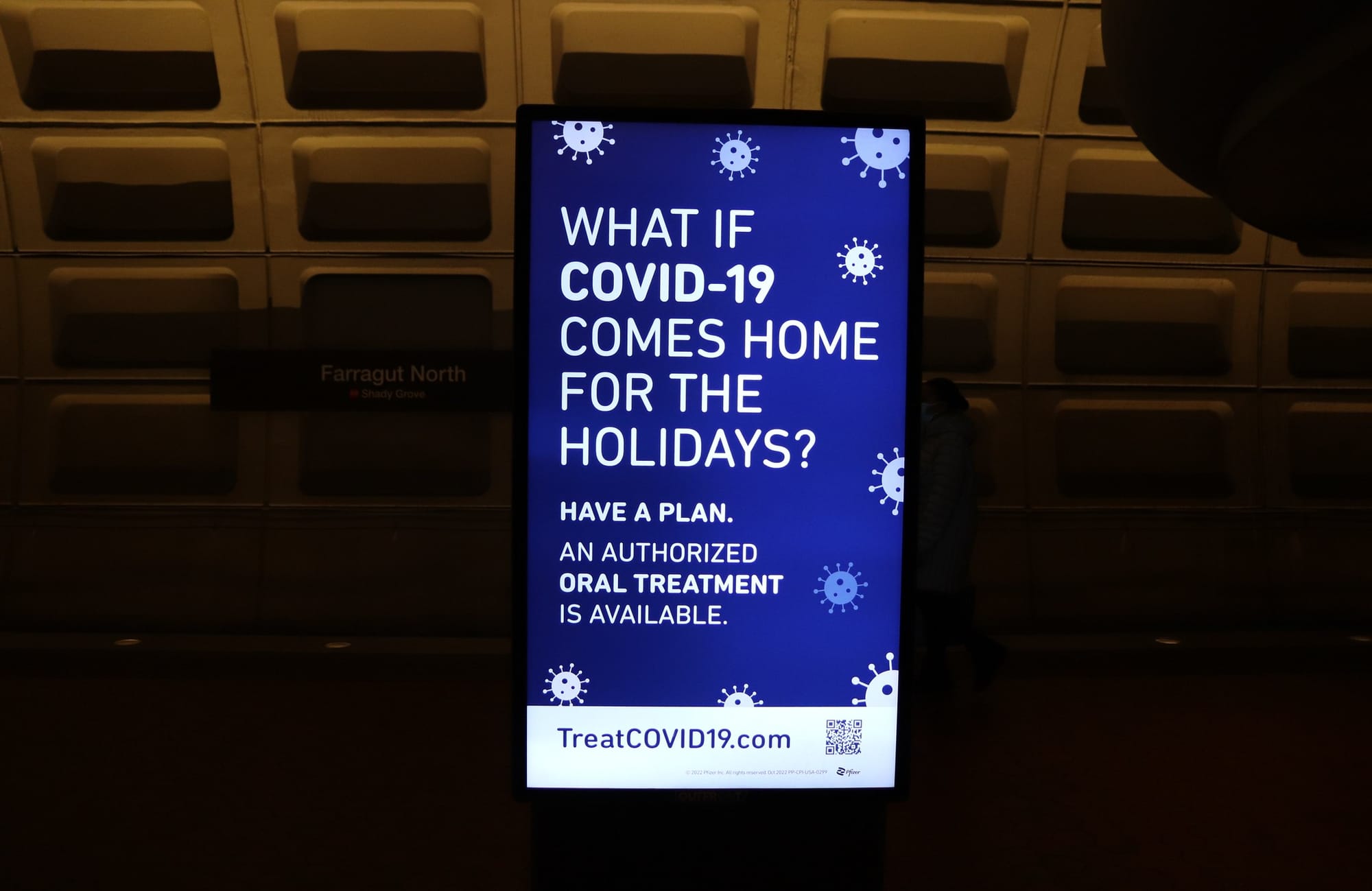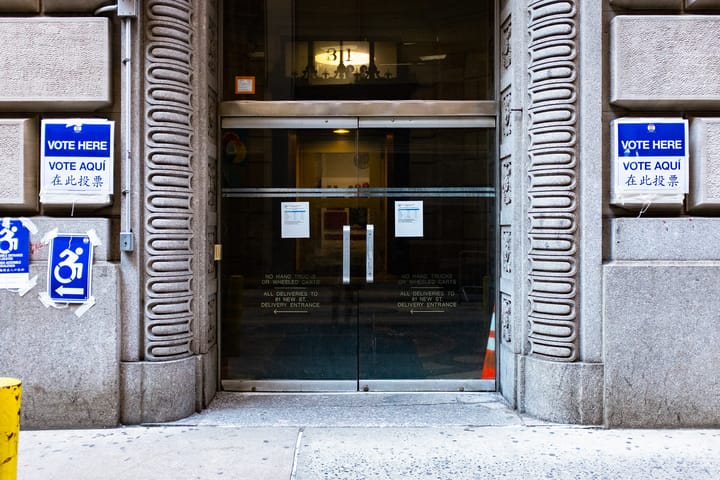Why are Paxlovid rules so confusing right now?
Getting the medication can be a game of roulette.

Well well well, we sure did a bang-up job driving COVID-19 straight outta town, never to be seen on our shores or in our immune systems again, didn’t we?
Just kidding, the virus has been raging in New York City (and elsewhere) all summer in what is on track to be the largest summer wave of the pandemic. With the end of the Federal Public Health emergency last year (and subsequent end to free testing and treatment), we’ve entered a hazy new vibe of “this is less serious, but still kinda serious, but no one really knows how serious or what we’re supposed to do about it.”
But at least we can reliably get our hands on Paxlovid to mitigate symptoms and potential long-term side effects, right? Ehhhh.
The antiviral pill that was once available to all at the city’s mobile testing sites — and that was once considered a miracle drug the city was actively pushing on people — can now be pretty slippery to get one’s hands on. The process can seem to be a game of roulette depending on the mood and opinion of your doctor, insurance company and even your neighborhood pharmacy.
One friend of the Groove (who preferred to remain anonymous) made an appointment with a second doctor after being refused Paxlovid by the first one. The second time around, she walked away with a prescription.
“I used the same telehealth service through my insurance for both appointments, and for whatever reason, one person said no and the other said yes,” she said.

Sam, a Brooklyn resident who also caught COVID during this latest summer wave, had a doctor write her a prescription just in case, while also telling her she didn’t actually need it.
“They said people are moving away from Paxlovid for milder forms of illness,” Sam said.
For reference, the current CDC guidelines dictate that Paxlovid should be considered as an option for patients with mild to moderate cases of COVID-19, and at least one risk factor, such as advanced age or being immunocompromised, for progression to severe infection.
Though many people who don’t fit the above description might want to get their hands on the medication based on the idea that it will lower their risk of contracting long COVID, studies are actually mixed on the subject.
“It’s not FDA-approved for that and that hasn’t been built into the prescribing guidelines,” Stephanie, a physician based in Brooklyn, told The Groove.
And then of course, there’s insurance to contend with. Back in January, State Senator Brad Hoylman-Signal introduced a bill that would have mandated insurance coverage for COVID-19 antiviral treatments in New York State, but while it made it out of the state Senate in June, it failed to pass the Assembly. TL;DR: this one’s also a crapshoot.
While some insurance covers Paxlovid at a normal price, others, not so much.
“I forced my mom to ask her PCP for [Paxlovid], and they wrote her a prescription, but she didn’t fill it because her insurance coverage has plummeted and it was going to be $400,” Stephanie, the physician, said.
As a bit of insult to injury, another city resident we talked to for this story had a prescription but “couldn’t find a pharmacy to fill it” after her local claimed not to have it on hand.
If your takeaway from this is that we’re in the Wild West when it comes to Paxlovid, well, that about sums it up. If you’re not a high-risk group and want the medication anyway, you can probably doctor shop and get it, and if you are in a high-risk group, there’s a non-zero chance you’ll be stymied by your insurance.
As far as the things we have some actual control over? Updated boosters will be rolling out this fall and are recommended for everyone ages six months and up, and if you want to take a test without shelling out at the drugstore, you can find info on making a free appointment here.
We may still be quite a way off from the more comfortable “endemic” stage of knowing how to handle this stupid virus, but on the bright side, at least the “confusing mess” stage is still a whole lot better than the “world-stopping crisis” stage.




Comments ()